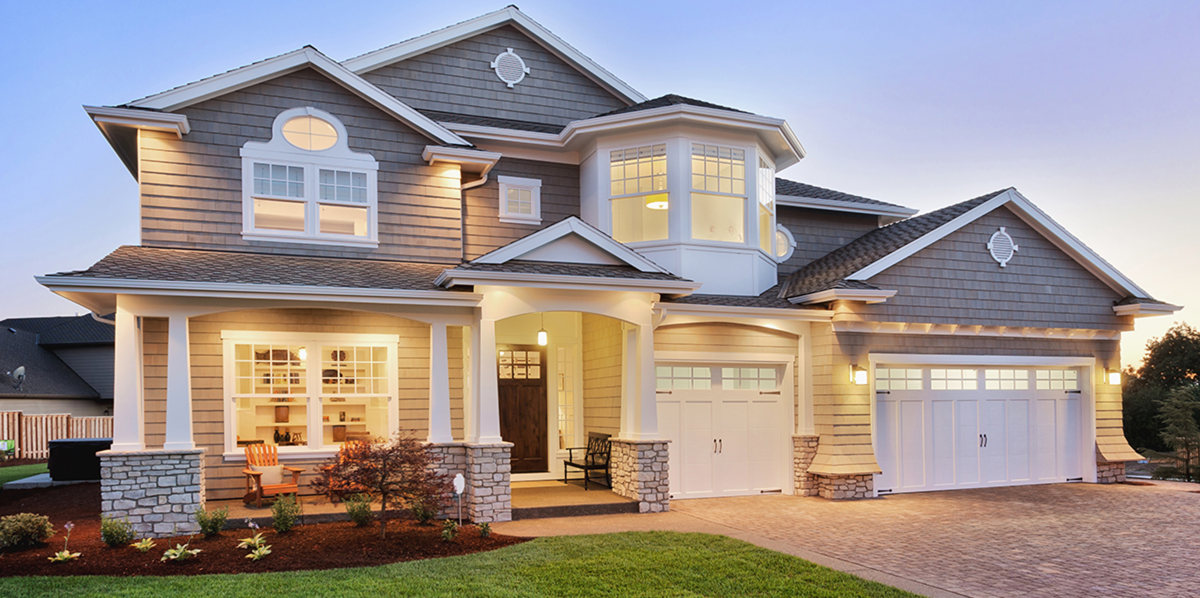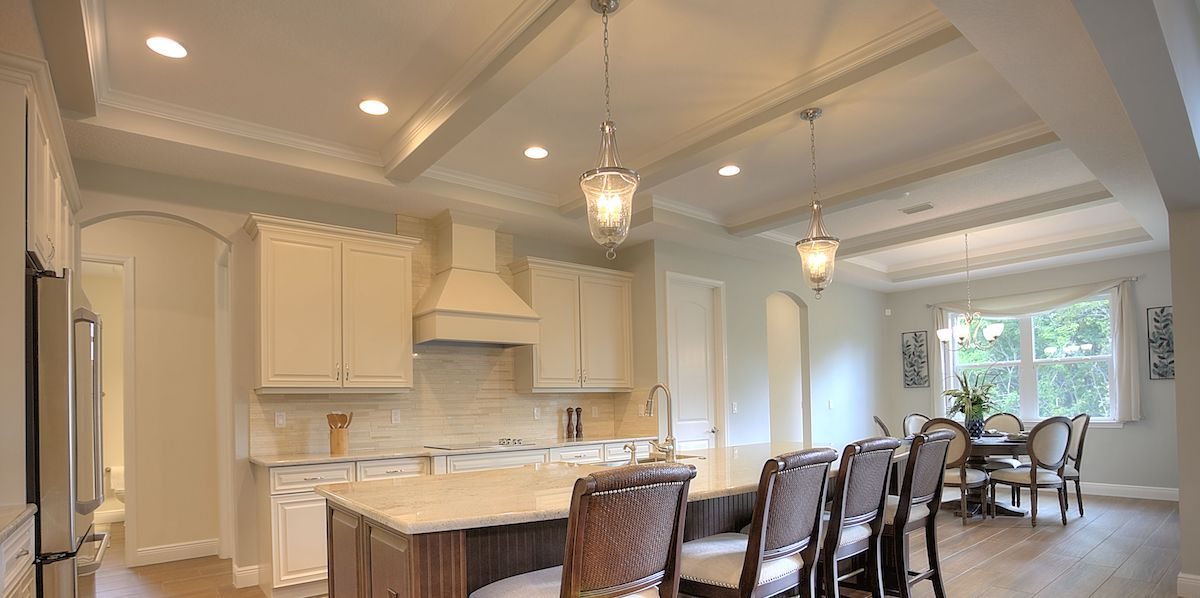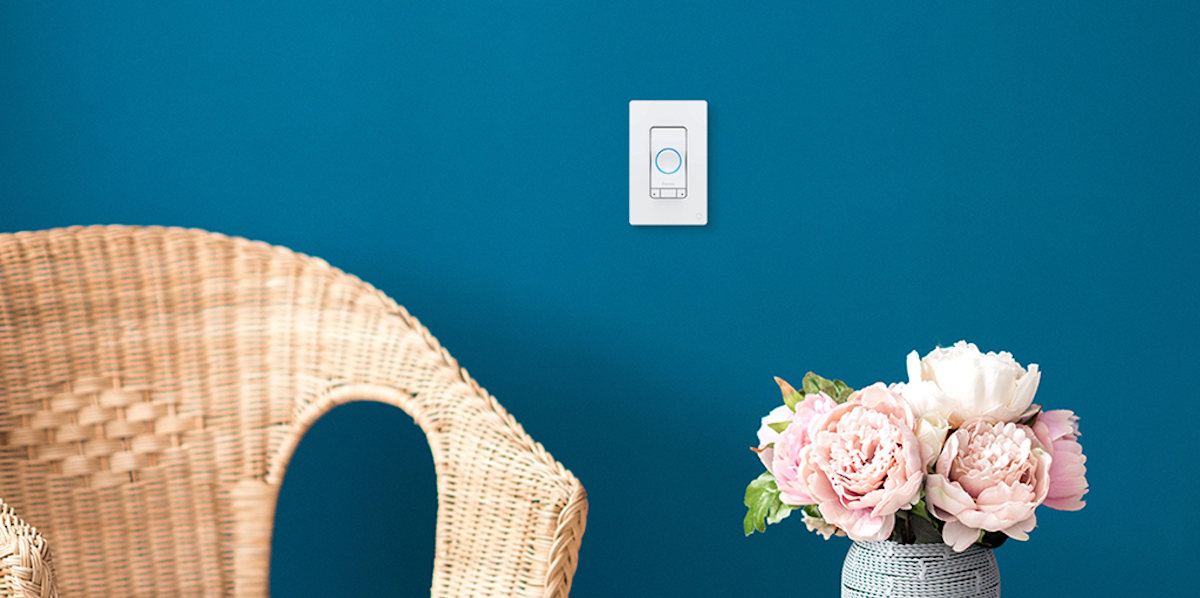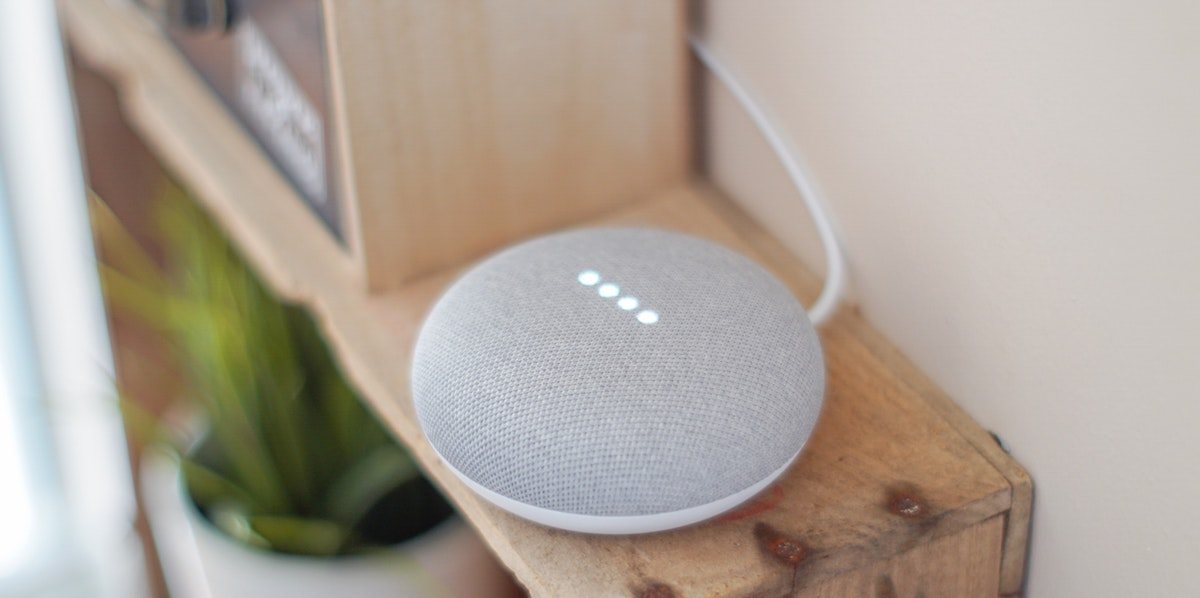iDevices Connected News
Here's what we've been up to at iDevices...
20 essential tips for building a smart home in 2020

The evolution and rapid growth of smart home technology is quickly bringing our homes into the future. You can now talk to your home to control everyday items like lights and thermostats, and control accessories from anywhere with your phone. Ready to get started? Follow these essential tips for building your smart home, the smart way, in 2020.
1. Start simple
There are countless smart home products on the market, and more introduced almost daily, so wrapping your head around what you need in your home can be intimidating. Start with the simple essentials you use daily, almost subconsciously — lights and thermostats.
You like your home comfortable, right? Get yourself a smart thermostat like this so you can fine-tune your home’s temperature from anywhere. Connect your home’s lighting to easily control groups of lights with a single tap or voice command.
2. Plan ahead
Get a feel for what you’re looking to accomplish. Count all your switches and outlets, and understand which switches are multi-way. Jot it down in a notebook or create a sketch you can quickly refer to in a pinch.
If you have 3- and 4-way switches you’d like to smarten up, make sure you buy smart light switches that are 3- and 4-way compatible. Some of this may seem obvious, but if you plan ahead, you’ll avoid extra work, returns, and inconvenience.
3. Check your home's wiring
Most smart light switches require a neutral wire, which is necessary to bring power to the switch. Normal light switches don’t need this, because they can’t be controlled via app or voice commands. Some older homes don’t have neutral wires (usually white and bundled together the back of a gangbox), while some do. It depends on the builder. Most homes built in the 1970s or later do have neutral wires.
A majority of smart thermostats require a C-Wire (or common wire). This allows the thermostat to get continuous power without disrupting your home's heating and cooling. If you're not sure where to look or how to identify your C-Wire, use this guide. If you don’t have a C-Wire, there are adapters available that’ll easily solve the problem.
4. Optimize your home's Wi-Fi
In the connected age we live in, it’s important to ensure your home Wi-Fi network is performing at its best. Give your internet service provider a call to make sure you’re getting the best Wi-Fi package for your buck. Often, you could be getting a better deal. But of course, they only tell you that if you call (or threaten to cancel).
Make sure your router is up-to-date too. We suggest mesh networks, which ensure you have a powerful, reliable signal throughout your house — not just in the room where your router is plugged in. You might also consider a second router dedicated to your smart home products for better connectivity and security.
5. Find your ecosystem
Popular smart home platforms like Apple HomeKit, Amazon Alexa, and Google Home give you the power to control everyday items with voice commands, via app control, or through various automations. Each has its strengths and weaknesses. Do some research to see which ecosystem fits your needs, and start building around that platform so your devices work together. We also suggest looking for products that work across multiple platforms. This provides you with the flexibility to jump between voice assistants without having to completely replace a product.
6. Embrace your voice
Once you decide on an ecosystem, invest in a smart speaker or device integrated with a voice assistant like the Instinct™ smart light switch with Alexa built-in. This allows you to control your smart home hands-free, stream music, and get help with daily tasks. A recent study found one-in-four adults in the U.S. own a smart speaker integrated with a voice assistant. There are different models that provide video chat capabilities, or improved sound. You can also get smaller, more discreet speakers. There are even newer options that integrate directly into your house so you don’t have to waste precious countertop space.
7. Build from the outside-in
One of the best places to start building out your smart home is (surprisingly) outside. Some of the most useful lights are those illuminating your walkways, entryways, porch/deck, and driveway. Swap your old switches for smart ones for the ability to create automations (e.g. sun sets, lights on) and schedules for greater peace of mind and security. Then work your way inside.
8. Grow at your own pace
Some smart home companies require large investments and regular fees. Others (like us) let you add products to your home at your pace with no fees or commitments. This allows you to spread out your investment and get a real feel for what smart home products can do for you without breaking the bank. You’ll be hooked, and can add additional products at your own pace.
9. Personalize your smart home
When you set up your smart home products, you’ll be prompted to name them. Don’t take this lightly. The product name will also dictate how you control it via voice control.
If your product name is difficult to understand or say, your voice assistant may have trouble processing your request. Use unique and specific names. Also, avoid using letters, numbers, or special characters in your product names. Properly naming products and uploading custom photos in the app you're using keeps your accessories and rooms organized just the way you like.
10. Share it with your family
Once your smart home is off and running, share it with your family so they can take advantage. For example, in the Apple HomeKit ecosystem, you can “homeshare” and give family members (or anyone you trust) the ability to access and control products via an app. You can also set permissions in case you don’t want other users editing certain settings.
11. Get schedule happy
Any smart home ecosystem worth investing in will allow you to schedule your products. You can group products and create schedules for those groups for added convenience.
For example, you could schedule your entryway, foyer, and kitchen lights to turn on every evening just before you normally arrive home. As part of that group schedule, you could also have your thermostat adjust so your house is the perfect temperature when you arrive home.
12. Easily conserve energy
One of the smart home products that will save you the most money annually is a smart thermostat. You don’t need anything fancy or ridiculously expensive either.
If your thermostat can set schedules, you can save at least 10 percent annually on heating and cooling costs, according to the U.S. Department of Energy. It’s simple. Just create a schedule that sets your thermostat back 7-10 degrees from its normal setting 8 hours a day.
13. Careful where you combine
There’s really no point to use a smart light switch to control a smart bulb. A smart light switch is the better investment. You can take advantage of a smart wall switch whether it’s in the on or off position. A smart bulb will lose its smartness if your light switch is in the off position. There’s also no widespread use-case for plugging a smart speaker into a smart plug or outlet.
14. Stay updated
It’s tempting to skip firmware updates. Are they really necessary? YES! They include security updates and bug fixes that are vital to your smart home. They might even include new features that’ll make your smart home even better. You can change your settings to allow automatic firmware updates so you never have to worry about it.
15. Location for automation
This is also referred to as geofencing. Location-based automations allow your smart home products to take actions based on your location (actually based on the GPS location of the phone that’s always on you).
For example, if you leave home and all of your smart lights automatically turn off, and the smart thermostat drops to conserve energy. When you leave work, all the lights turn back on and the thermostat increases temperature. It’s quite simple, and so useful in any home.
16. Take advantage of IFTTT
This free service allows you to create “If This, Then That” automations that connect a variety of brands, web services, and apps. With IFTTT, the possibilities are endless. For example, you can create an IFTTT automation that deposits a dollar into your savings account every time you adjust your smart thermostat above a certain temperature. Most brands on IFTTT have created “Applets” (e.g. automations and connections) that you can try. You can also use these as a template to create your own.
17. Add accessibility to your home
Besides being convenient and cool, smart home products can go a long way to improve accessibility for the elderly and individuals with disabilities. The emergence of voice control is a game-changer, allowing people to control everyday items throughout their home without risking injury. Some smart home apps (like ours) are specifically designed with accessibility in mind.
18. Stay in rhythm
Your circadian rhythm is the natural, internal process that regulates your sleep-wake cycle. You can help keep this cycle in check with smart lighting. Set your bedroom lights to slowly brighten over a 30 minute period after you wake up. Have them dim over a 30 minute period before settling down for bed.
You can schedule lights and other smart accessories based on your local sunrise and sunset times, and use offsets for customization (e.g. lights turn on at 50% brightness 10 minutes before sunset; adjust lights to 80% brightness 15 minutes after sunset).
19. Control screen time
Sometimes, it’s hard to pry the kids away from the TV. And if you’re not around, it’s even harder to control what your kids watch, and for how long. Smart outlets like this one allow you to cut power to the TV via an app or schedule.
So if it’s homework time and you’re stuck at work, you can shut the TV off from an app. Or if the kids only get an hour of TV time on weeknights, you can schedule the outlet to only provide power to the TV for the hour leading up to bedtime.
20. Vacation with peace of mind
With the ability to control your smart home products from anywhere, you can check-in on your home even while you lounge on the beach. Notice it’s a little colder than expected at home?
Just open up your phone and adjust your smart thermostat to ensure your pipes don’t freeze. You can also set schedules and automations, so your lights turn on and off like someone is home.



